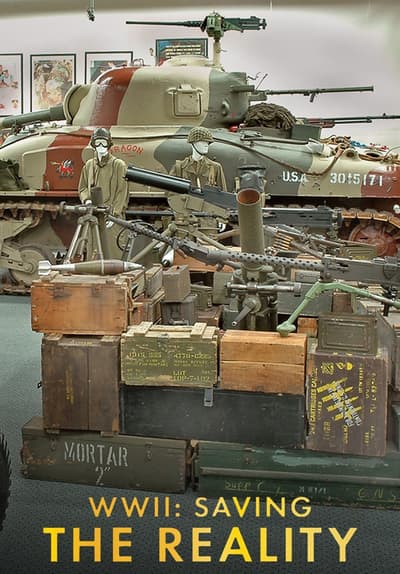

“Conversion” was the key issue in American economic life in 1940-1942. Preparedness and ConversionĪs war spread throughout Europe and Asia between 19, nowhere was the federal government’s leadership more important than in the realm of “preparedness” - the national project to ready for war by enlarging the military, strengthening certain allies such as Great Britain, and above all converting America’s industrial base to produce armaments and other war materiel rather than civilian goods. Moreover, the New Deal had accustomed Americans to a national government which played a prominent role in national affairs and which, at least under Roosevelt’s leadership, often chose to lead, not follow, private enterprise and to use new capacities to plan and administer large-scale endeavors. The wide array of New Deal programs and agencies which existed in 1939 meant that the federal government was markedly larger and more actively engaged in social and economic activities than it had been in 1929. In spite of these dismal statistics, the United States was, in other ways, reasonably well prepared for war.

For somewhat different figures, see Table 3 below.) In the summer of 1940, about 5.3 million Americans were still unemployed - far fewer than the 11.5 million who had been unemployed in 1932 (about thirty percent of the American workforce) but still a significant pool of unused labor and, often, suffering citizens. Between 19, the American unemployment rate averaged 13.3 percent (calculated from “Corrected BLS” figures in Darby, 1976, 8). Unemployment was another measure of the depression’s impact. (Watkins, 2002 Johnston and Williamson, 2004) For instance, after 1929 the American gross domestic product declined for four straight years, then slowly and haltingly climbed back to its 1929 level, which was finally exceeded again in 1936. In 1939, when World War II erupted in Europe with Germany’s invasion of Poland, numerous economic indicators suggested that the United States was still deeply mired in the depression. As it waxed and waned between 19, Roosevelt’s New Deal mitigated some effects of the Great Depression, but did not end the economic crisis. In the United States, President Franklin Roosevelt promised, less dramatically, to enact a “New Deal” which would essentially reconstruct American capitalism and governance on a new basis. In Germany, for instance, the rise of Adolph Hitler and the Nazi party occurred at least partly because Hitler claimed to be able to transform a weakened Germany into a self-sufficient military and economic power which could control its own destiny in European and world affairs, even as liberal powers like the United States and Great Britain were buffeted by the depression. The global conflict which was labeled World War II emerged from the Great Depression, an upheaval which destabilized governments, economies, and entire nations around the world. Finally, the war’s global scale severely damaged every major economy in the world except for the United States, which thus enjoyed unprecedented economic and political power after 1945. Similarly, the substantial increases in personal income and frequently, if not always, in quality of life during the war led many Americans to foresee permanent improvements to their material circumstances, even as others feared a postwar return of the depression. The war’s rapid scientific and technological changes continued and intensified trends begun during the Great Depression and created a permanent expectation of continued innovation on the part of many scientists, engineers, government officials and citizens. The organized labor movement, strengthened by the war beyond even its depression-era height, became a major counterbalance to both the government and private industry. American industry was revitalized by the war, and many sectors were by 1945 either sharply oriented to defense production (for example, aerospace and electronics) or completely dependent on it (atomic energy). The federal government emerged from the war as a potent economic actor, able to regulate economic activity and to partially control the economy through spending and consumption. The war decisively ended the depression itself. The war’s effects were varied and far-reaching. For the United States, World War II and the Great Depression constituted the most important economic event of the twentieth century.


 0 kommentar(er)
0 kommentar(er)
